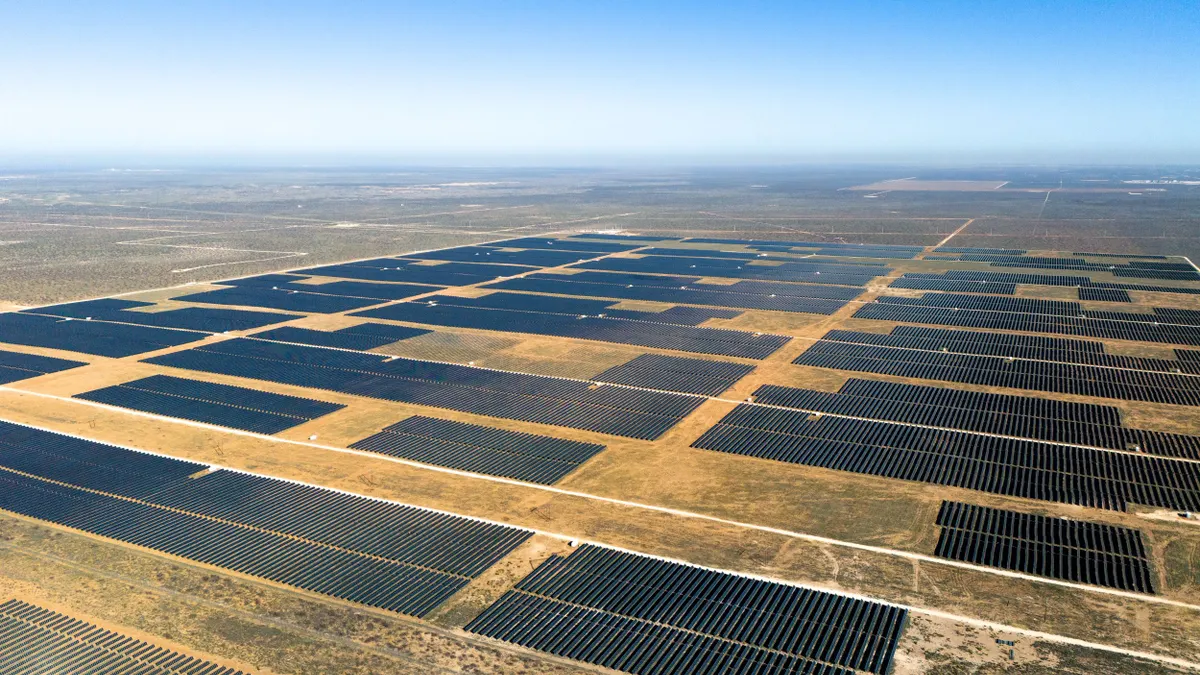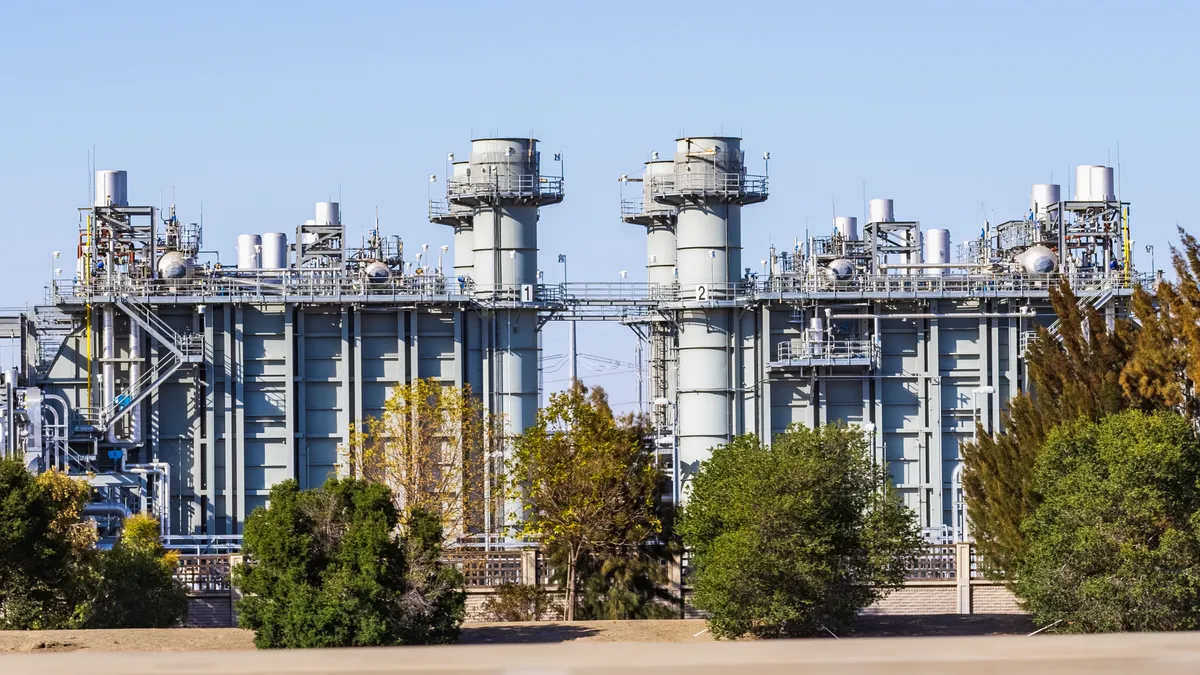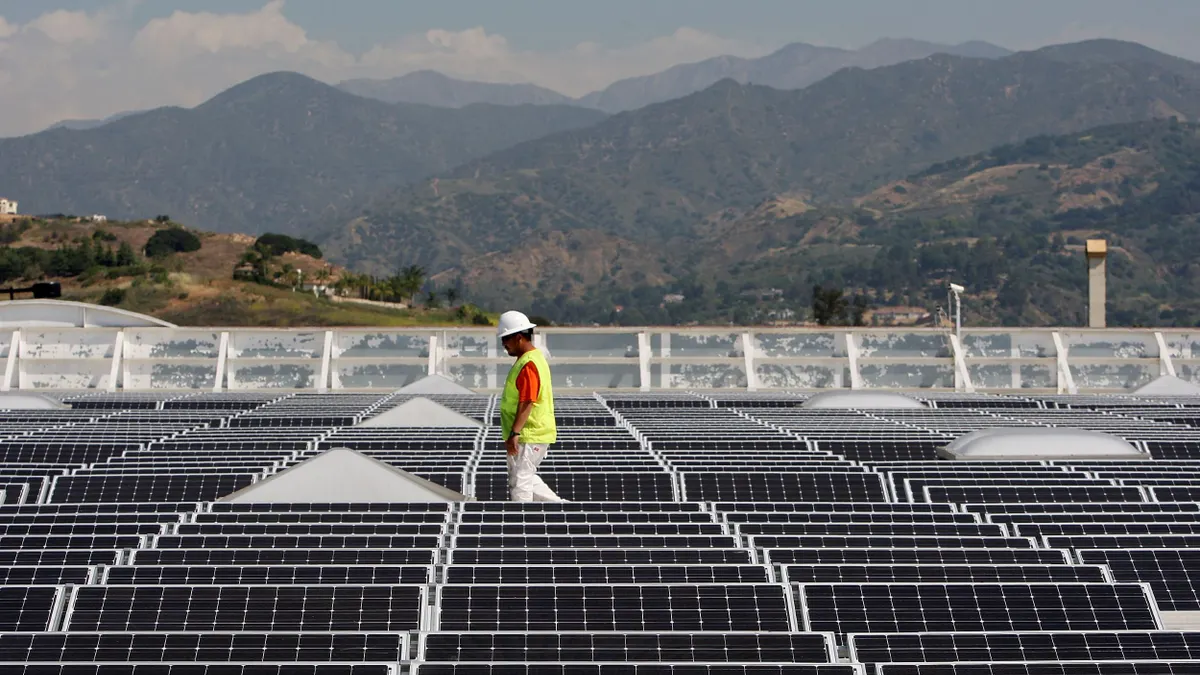The following is a viewpoint article from Christina Simeone, director of policy and external affairs at the Kleinman Center for Energy Policy at the University of Pennsylvania. If you are interested in submitting a guest post, please review these guidelines.
With over 10 GW of nuclear capacity at risk for premature retirement – defined as retirement before license expiration – many states are considering subsidy policies to keep these economically struggling reactors operating.
Arguments for subsidies focus on protecting local jobs, keeping low-cost baseload power, maintaining reliability, and preserving the zero-carbon resources needed to address climate change. Opponents argue that out-of-market subsidies distort competitive markets and amount to ratepayer bailouts of uneconomic generation.
Absent from the debate, however, is a focus on what happens to nuclear power plants when they retire and decommission. Specifically, how Americans like you and I will continue to pay more and be subjected to greater risks as nuclear power plants are converted to interim waste storage facilities.
This is the focus of a new report from the University of Pennsylvania’s Kleinman Center for Energy Policy, entitled “Nuclear Decommissioning: Paying More for Greater, Uncompensated Risks.”
Let me explain.
When most nuclear power plants were built, the expectation was spent fuel waste would either be reprocessed (for most plants built before 1977) or the government would take custody of the waste for permanent disposal, per the 1982 Nuclear Waste Policy Act. Licensees that built the reactors were also required to establish financial mechanisms – such as trust funds – to ensure availability of funds to decontaminate equipment and decommission the plant site.
The Nuclear Waste Policy Act established a per-kilowatt-hour fee on nuclear power production that Licensees would pay in exchange for a contractual agreement committing the federal government to take custody of the waste – beginning in 1998 – for permanent geologic disposal. Licensees would recover these fees from electricity ratepayers that enjoyed low cost, baseload nuclear power.
In 1998, the federal government was not prepared to accept the waste. To date, the government has spent more than $7.5 billion to study the Yucca Mountain site in Nevada for geologic disposal, but political opposition from within that state killed the project. There are currently no plans underway to build a geologic disposal repository.
Meanwhile, there are over $34 billion in ratepayer funds sitting in a restricted government account that by law can only be spent on activities related to the geologic disposal site. (The ratepayer fee was suspended in 2014, a few years after the Yucca Mountain project was terminated.)
In the interim, nuclear reactor Licensees have been forced to make significant capital investments to expand their ability to store spent fuel on site at power plants. Licensees sued the federal government for financial damages caused by the government’s failure to accept nuclear waste for disposal, and the Licensees won.
The federal government is therefore using taxpayer money to pay back the Licensee’s costs of interim waste storage. As of 2015, more than $5 billion of taxpayer dollars were paid to reactor Licensees. The total cost of damages is estimated to range from $29 billion to $50 billion if the government begins to accept waste in 10 years. If this date slides, government liabilities increase by $500 million per year.
So today, all 100 operating nuclear power reactors are storing waste on site in wet and/or dry storage. When a full plant retires, the entire site cannot be decommissioned, because a portion of the site must continue to store waste.
With this background in mind, it is important that policymakers consider the following facts when contemplating the fate of struggling nuclear power facilities:
-
Distributed, interim (if not perpetual) storage of spent fuel and high level radioactive waste is less safe and less secure than permanent geologic disposal, according to the IAEA.
-
Costs of interim storage have been and will continue to be paid by taxpayers, and these costs will accumulate indefinitely. Meanwhile, there is no refund provided to the ratepayers who paid to have nuclear waste removed from their neighborhoods and into a permanent geologic disposal facility. Many Americans are paying twice for nuclear waste management.
-
Communities hosting nuclear power facilities – that include ratepayers and taxpayers – are not being compensated for the increased risks of perpetually storing high level radioactive waste. And, when a plant or reactor retires, these communities are also losing the benefits of nuclear power.
An additional concern is the Nuclear Regulatory Commission’s formula for establishing upfront decontamination costs for reactor specific funds has widely been criticized to understate costs. When a reactor retires prematurely, these funds have less time to appreciate and may require additional financial guarantees from the Licensee. More research is needed to understand the ability of owners of at-risk generation to provide such guarantees, if needed.
It is important to understand that nuclear power Licensees did not create these waste and decommissioning related problems. This is a failure of the federal government.
For my part, I think nuclear energy is needed if we are going to address climate change while keeping the lights on. On the other hand, the costs and risks of America’s de facto interim waste storage “strategy” gives me real pause about the current and future viability of the industry.
Policymakers may decide to subsidize plants in order for communities to continue receiving benefits, and to avoid the myriad complications that will arise when nuclear power communities become nuclear waste communities, upon decommissioning.
Opinions and conjecture aside, over 75,000 metric tons of used fuel waste is already here and it is growing by 2,000 metric tons per year. It is officially everyone’s problem now.





















